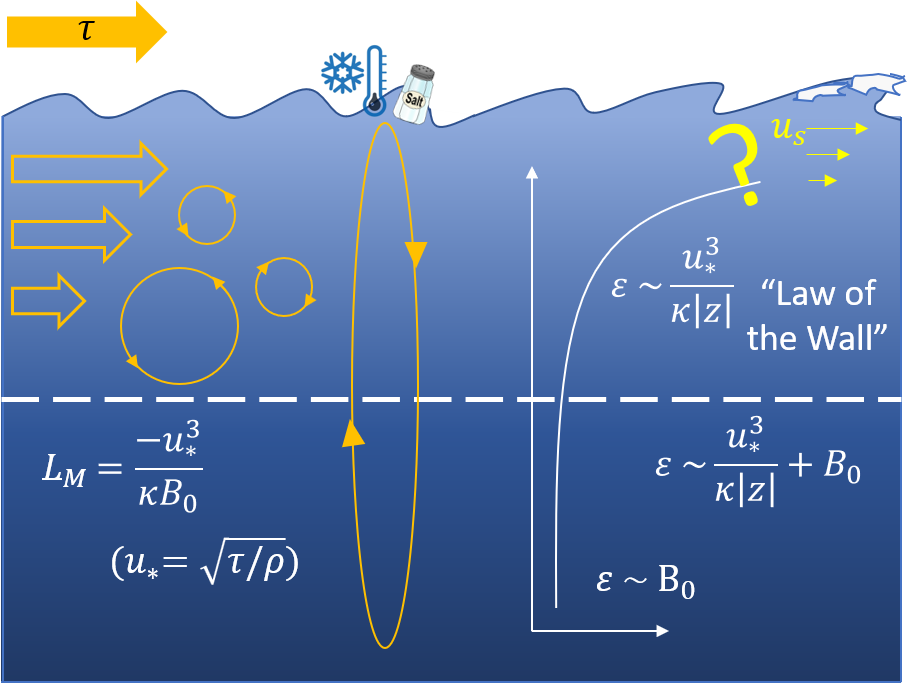Una Kim Miller
Physical oceanographer
- Air-sea interaction
- Upper ocean turbulence
- Ocean ventilation
- Moorings & uncrewed systems
I am currently a postdoc with Jaime Palter at the Graduate School of Oceanography, University of Rhode Island . I recieved my Ph.D. in Earth and Environmental Sciences from Columbia University in 2023 and a B.S. in Oceanography from the University of Washington in 2015.
You can reach me at una.miller [at] uri.edu.


